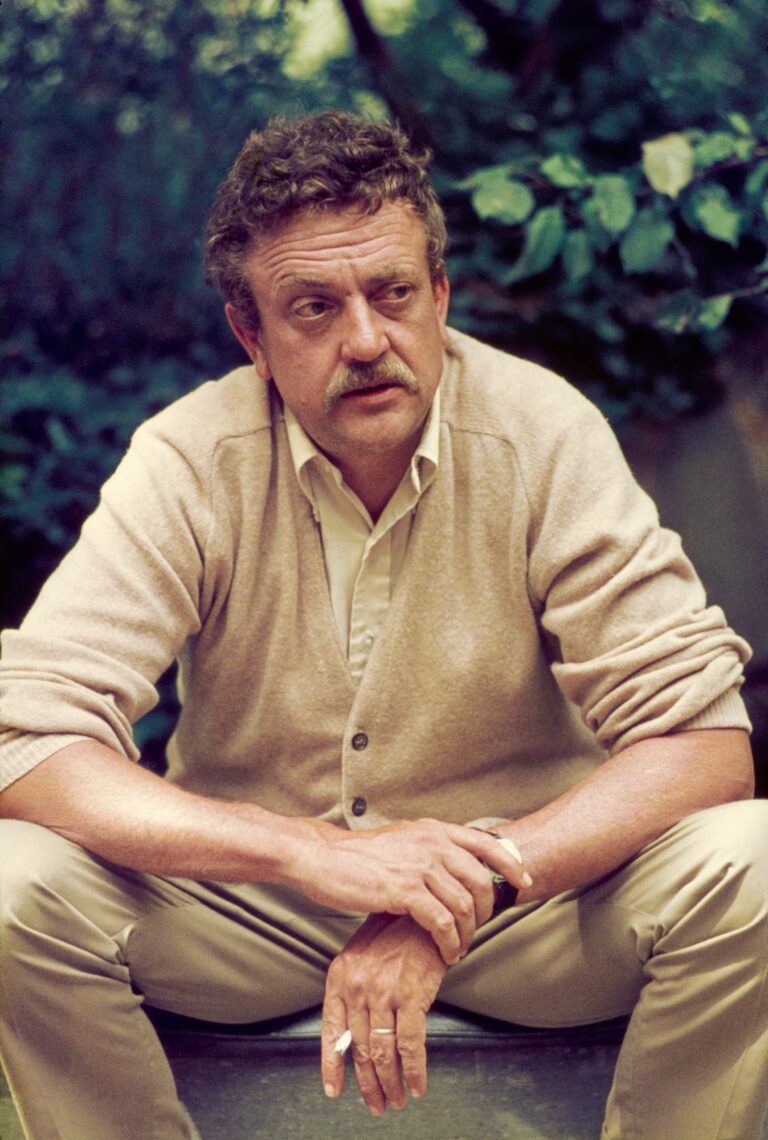Evanston RoundTable, Feb. 10, 2022
I was intrigued by Nancy E. Anderson’s recent column in which she describes her fixation with Instagram’s “Cheap Old Houses” and fantasizes about buying one nearby and fixing it up. Probably not going to happen, she admits, but still: what a hoot to imagine!
My wife Ronna and I share a similar fantasy about acquiring a small second home, only it wouldn’t be around here, it would be in southwest England’s Cornwall or the Cotswolds, two of our favorite places.
We vacationed in Cornwall a few years ago, staying at a rental apartment in the fabled seaside town of St. Ives. One of the charming things about England, aside from the fact that the English speak a variation of our native tongue, is that so many real places relate to legendary tales – Loch Ness and Guy of Warwick and Sherwood Forest and the like.
So yes, St. Ives is the same town from whence comes the childhood nursery rhyme: As I was going to St. Ives, I met a man with seven wives. Each wife had seven sacks, each sack had seven cats, each cat had seven kits. Kits, cats, sacks and wives, How many were going to St. Ives? (The answer is spelled out in the St. Ives Problem. I got it wrong.)
To get from London to St. Ives you take the five-and-a-half-hour Great Western railroad southwest through Hampshire, Dorset, Devon and Cornwall and disembark at the tiny village of St. Erth. Here, perhaps owing to sleep deprivation and jet lag, I found the journey taking on an almost hallucinogenic quality, as if I had entered the fabled Brigadoon or passed through Platform 9¾ at King’s Cross and stepped onto the Hogwarts Express. It was, in reality, the charming St. Ives Bay Line, which on its brief but scenic journey along the ocean passes through the small towns of Lelant and Carbis Bay before terminating in St. Ives.
Our week-long rental flat was just a few hundred feet up the road from the St. Ives train station, convenient for shlepping luggage and making day trips to other parts of Cornwall. One of those trips was to Port Isaac, site of the British TV series “Doc Martin.”
Taking public transportation from St. Ives to Port Isaac involved too many tricky connections for our taste, so we elected instead to rent a car for the 54-mile trip.
Big mistake.
First challenge, after taking the wheel and accustoming myself to driving from the “wrong” side of the car on the “wrong” side of the road, was negotiating the frequent roundabouts, or traffic circles as we call them. Nearly hit a car driving onto the first one. Then as things seemed to settle down and we were motoring merrily north along the A30 the GPS suddenly announced there was congestion up ahead and invited us to take a “shortcut.” Before Ronna could say “no” I said “yes” and we found ourselves being directed onto narrow country lanes barely wide enough for a horse and carriage let alone two cars, and then through some village where I managed to sideswipe a concrete bollard. Yikes!
Fortunately Port Isaac was beautiful and fun (“Wow, there’s Doc Martin’s surgery!”) and since I had prudently signed up beforehand for collision insurance, we were only out the £100 deductible instead of £1,000 to replace the banged-up door. So, yes, an expensive if wonderful trip.
Every day we walked considerable distances, sometimes 15 or 20 miles along the 630-mile South West Coast Path, hiking and eating being our two favorite activities. One afternoon we decided to make the five-mile trip from St. Ives to Lelant on the inland walking path.

At one stretch the path ran alongside the railroad tracks, and when a St. Ives Bay Line train came rumbling by I stopped to watch. As a train buff I was, as Wordsworth said, in very heaven.
Then the weather changed, the heavens opened and it began to pour. The wind whipped the dripping foliage across us like hair shirts and we quickly became soaked. Worse, we managed to get lost and thought we might wander forever, two sodden lumps floating down some fetid stream. At which point, as if by magic, we happened on a local gentleman walking his dog. What is it about the Brits? They seem to get dressed up for even the most mundane occasions. As I remember he carried a brolly and had on a smartly turned out jacket, vest and tie under his Macintosh and wore Wellies and a jolly cap. He might’ve been returning from a morning at the club sampling kippers and sipping whiskey. “Why yes,” he kindly assured us, “Lelant is just up ahead.” We were glad to catch the train there back to St. Ives.
If getting drenched was the low point of the trip – and actually it was kind of fun, after the fact – the highlight was a bus ride. (No more car trips for us.) We planned to take the local bus from St. Ives to Penzance, another fabled town thanks to the Gilbert and Sullivan operetta.
Only when we got to the bus stop at the Tesco station two blocks from our apartment, we found we had just missed the #16, the direct route. The ticket agent suggested we take the next bus, the more leisurely #16A to Penzance, which would arrive soon. It did and we did. This, it turned out, was a glorious happenstance, because #16A was a magic bus, and it took us on the most magical ride ever.
Instead of hugging the bay like #16, #16A meandered inland through magnificent Cornish countryside, up and down green and hilly landscapes rugged and beautiful, and stopped to pick up and discharge passengers at the most amazing venues, one more picturesque and whimsically named than the next – the Halsetown Inn, Travalgan Towednack Turn, Zennor Turn, Gurnard’s Head Hotel, Lower Ninnes Newmill, Trevaylor Farm, Heamoor Mounts Bay School and Lower Ninnes Trythall School – before sliding into Penzance.
Founded in the 16th century, Penzance is a city of 21,000 along the farthest reaches of southwest England, made famous in “The Pirates of Penzance” in which burly sailors sing, “A rollicking band of pirates we, who tired of tossing on the sea, are trying their hand at a burglaree, with weapons grim and gory.”
Yarr!
After breakfast at a pirate-free Penzance diner, we set out along the Coast Path and made our way a few miles east to the town of Marazion. There, bestriding the bay just half a mile offshore (close enough to walk on the cobbled causeway in low tide), is the 17-acre island known as St. Michael’s Mount, atop which sit terraced gardens and a magnificent medieval castle.
The island has been owned by the St. Aubyn family since 1659, we learned, but in 1954 then-patriarch Francis St. Aubyn deeded a large portion of it plus an endowment for its upkeep to the National Trust. The family retained a 999-year lease (now in year 931) to remain as castle tenants. I would have liked to have run into one of the St. Aubyns; perhaps we did without knowing it.

After touring the castle we made our way back across the causeway to Marazion and stopped at a restaurant where I took a snapshot of Ronna reading the RoundTable. Longtime readers will remember pictures of people perusing the paper in exotic locales (at the Great Wall! by the Great Pyramid of Giza! in Mammoth Cave!), which used to be a staple photo feature of the print edition.
Then it was time to walk the three-and-a-half miles back to Penzance and catch the #16 bus home. It was a fun ride, but not as magical as #16A.
All I can say is: Thank you driver for getting us there.




+ There are no comments
Add yours